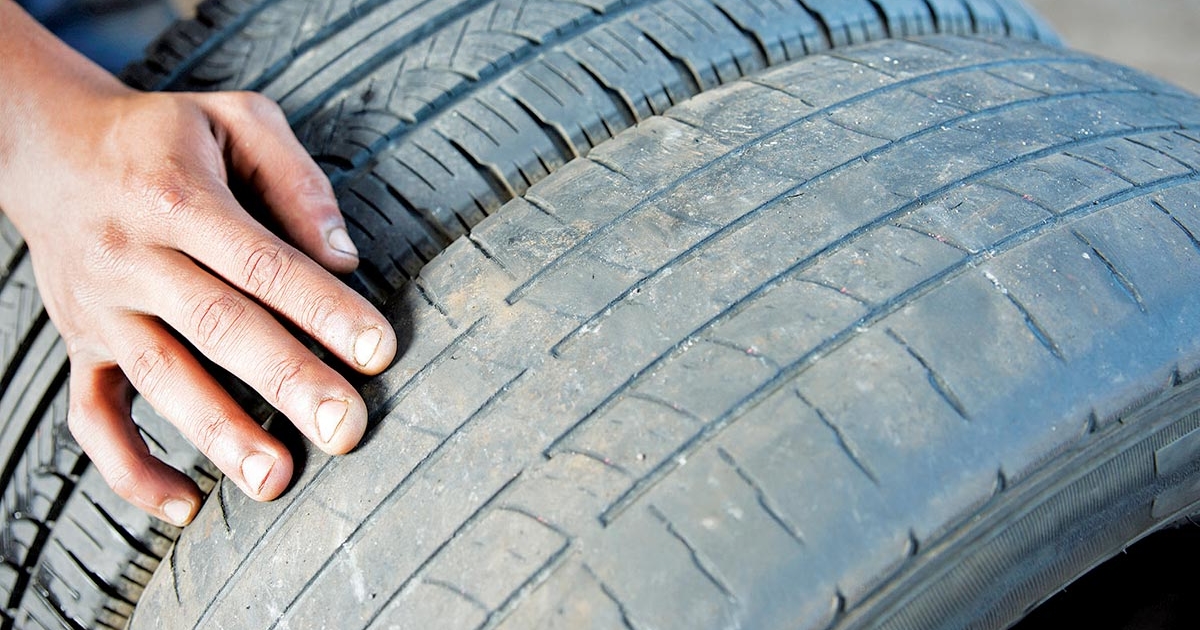
Buyers plying the online forums for Rivian’s electric pickup and SUV frequently mention a common complaint — the tires wear out too quickly.
One Colorado Rivian driver loaded his truck with two motorcycles and hit the road. About 6,000 miles later, nearly a tenth of an inch of rubber had worn off his front tires. That rubber is out there somewhere in the form of microscopic particles. Other electric vehicle buyers are experiencing the same result.
EVs may have eliminated tailpipe emissions, but their hefty curb weights are exacerbating another type of pollution that is raising concern among scientists and environmentalists.
It’s long been known that tires emit pollution. As they roll across pavement, abrasion causes particles of rubber and other substances to separate. Eventually these particles — some as small as a human cell — end up in air, water and in living beings. Scientists in Washington state linked a chemical called 6PPD, used in all tires to prevent cracking, to the premature deaths of salmon. The 6PPD washed off roads and into streams during rainstorms and then was ingested by the fish.
The Imperial College in London estimates that vehicles release 6 million tons of tire particles globally every year.
According to the Imperial College report, tire particles contribute to cardiopulmonary disease, cancer, and developmental and reproductive problems. Tire pollution can affect people with asthma and chronic obstructive pulmonary disease; the chemicals and compounds in tires can cause kidney and liver damage and decrease immune function. Zinc and lead levels can cause abdominal pain, renal dysfunction, fatigue and vertigo.
Regulators in Europe have proposed a 27 percent reduction in brake dust and tire emissions in the upcoming Euro 7 emissions regulations that, if approved, would take effect in July 2025.
The issue is also gaining traction in the U.S.
“We’re very active on the issue of tire abrasion,” said Tracey Norberg, senior vice president and general counsel at the U.S. Tire Manufacturers Association.
Tire manufacturers are working together in the U.S., Europe, Japan and China to establish uniform industry testing procedures that precisely measure tire pollution.
“Step 1 is figuring out how to quantify performance. It’s a concentrated and large effort by the tire industry,” Norberg said.
Because road surfaces vary, coming up with compounds that are less prone to wear will complicate the task.
Tire manufacturers are looking to reduce tire pollution for all vehicles, not just EVs, she said, and are testing more bio-based materials.
“Oftentimes, there’s not just one way to solve a problem. Our members will develop multiple pathways, and they’ll find opportunities to innovate. The most important thing is to have a regulatory environment that allows that innovation,” Norberg said.